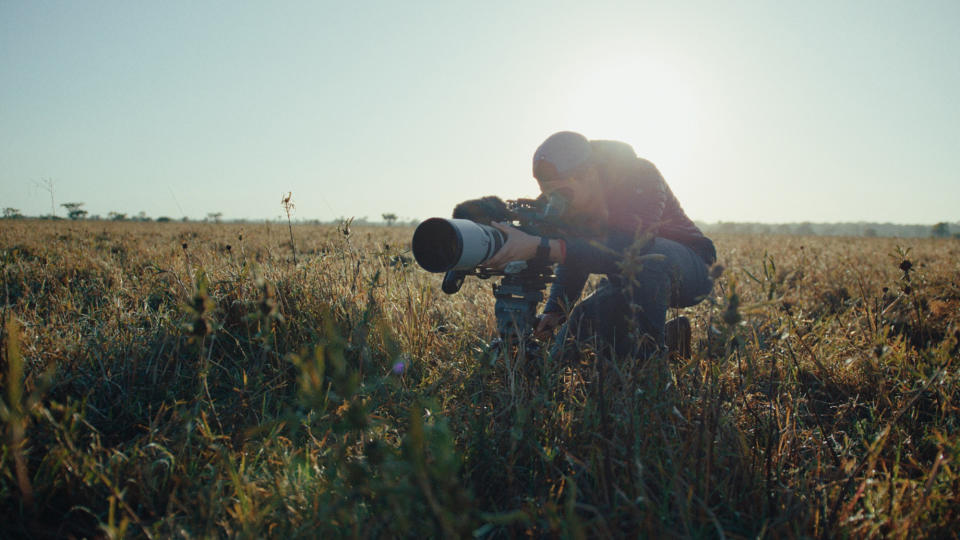When you buy through links on our articles, Future and its syndication partners may earn a commission.


If you’re a budding filmmaker and love seeing the best cinema cameras being used in productions, then you are going to love this new documentary series.
Guardians showcases the valiant efforts of anti-poaching rangers in Mozambique’s Zambezi Delta. Produced by Conservation Film Company for EarthXTV, the 7-episode, 23-minute docuseries highlights the daily challenges faced by these unsung heroes as they protect endangered wildlife in one of Africa’s toughest environments.
Through breathtaking cinematography filmed with a Blackmagic Ursa Mini Pro 12K, along with numerous other bodies from the Australian manufacturer, director and camera operator Sean Viljoen’ intimate storytelling offers viewers a rare glimpse into the lives and dedication of these remarkable individuals.
Below is a behind-the-scenes look at how this amazing docuseries was filmed:
“Guardians is a character-led factual series that goes beyond the headlines to show audiences the effort that goes into safeguarding wildlife in Africa through the eyes of the local people on the front line,” explains Viljoen. “We wanted to tell their story as cinematically as possible.”
The series unfolds against a backdrop of a country recovering from civil war, where wildlife populations had plummeted by 90%. With conservation efforts leading to a gradual recovery, the resurgence of poaching posed new threats that the rangers tirelessly combat.
Filming Guardians required versatile and robust equipment to capture high-quality footage in challenging conditions. The production team, alongside 19 rangers, patrolled the 2,000 square kilometers of the Coutada 11 safari concession. They relied on a comprehensive outfit digital cinema cameras including the Ursa Mini Pro 12K, Ursa Mini Pro 12K OLPF and Ursa Mini Pro 4.6K G2, along with several Pocket Cinema Camera 6K Pros.
“Most of the content we were creating was handheld,” notes Viljoen. “We were often jumping on the back of motorbikes with the anti-poaching guys, so that limited the amount of kit we could bring with us.”


The harsh filming conditions, with daytime temperatures reaching 104°F / 40°C and high humidity, tested the durability of the camera gear. Viljoen was impressed with the performance of the Ursa Mini Pro 12K, especially in handling highlights and natural light exteriors. “There’s a lot of latitude within the Blackmagic RAW codec to work with.”
The production also employed DJI Mavic 3 drones for aerial shots, and LUTs applied by DP Garth de Bruno Austin ensured consistent and high-quality visuals throughout the series.
“We wanted to get the most out of the image and tap into some of that downsampling benefit by shooting in 8K,” says Viljoen. “We were extremely happy with the images and the amount of information to work with.”
It’s amazing to see some of the best video cameras and the best camera drones being put through their paces in a real-world environment, and it goes to show that you can have multiple camera setups all tuned to offer the best overview of certain products.
They might be out of reach for many of us, but being able to see how they were used to produce the docuseries is a real eye-opener to any aspiring filmmaker.







